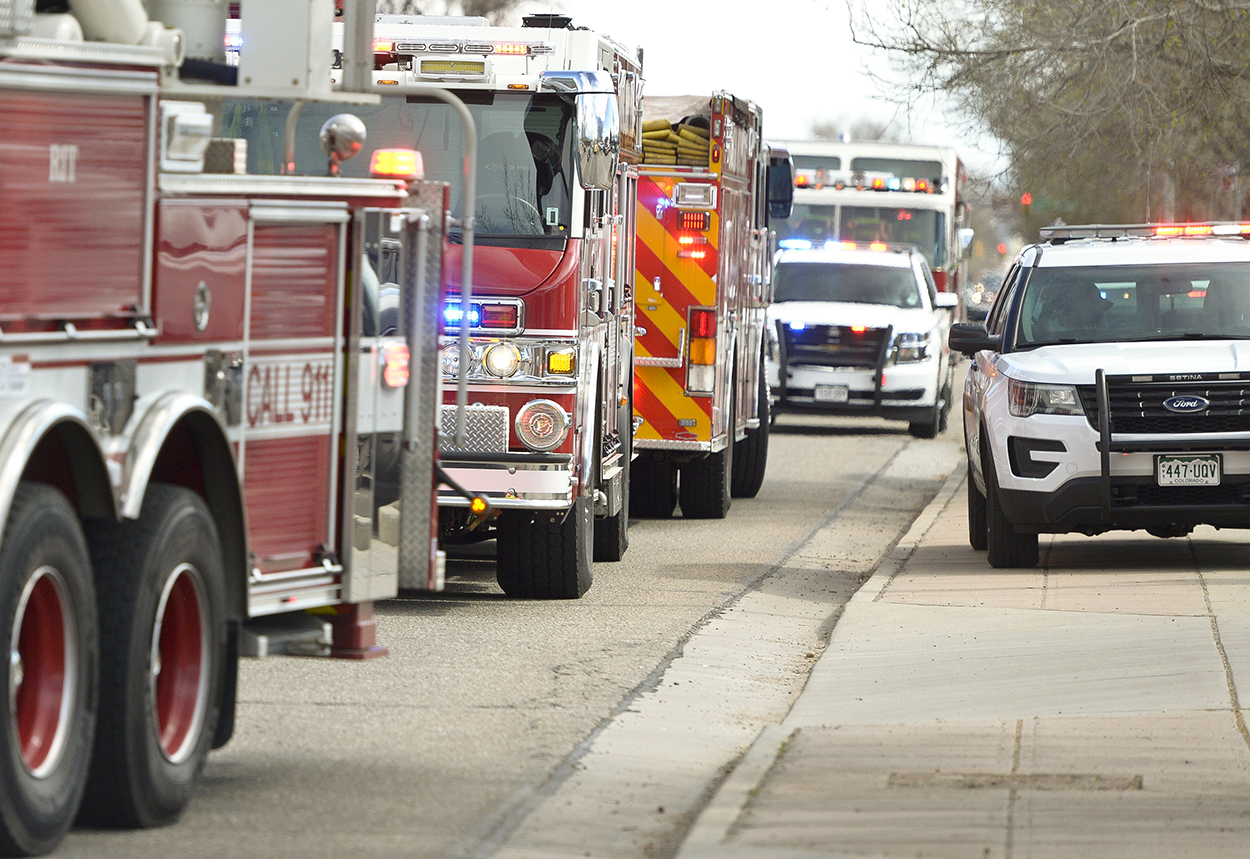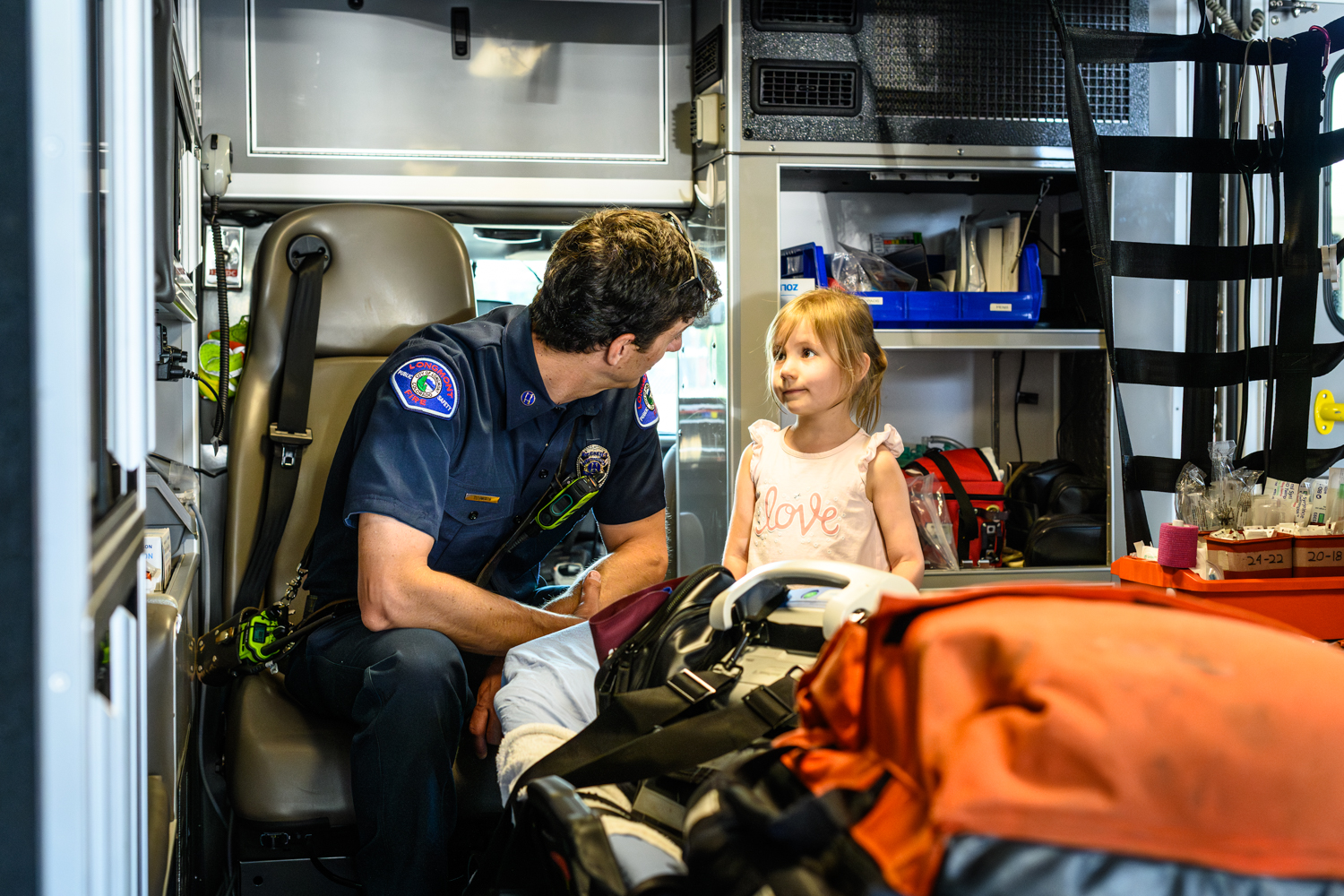Contact
Emergency Communications Center: 303-651-8501
Fire Main: 303-651-8437
Police Main: 303-651-8555
Public Safety Collaborative Services: 303-774-3616
Hours of Operation
Administration Office Hours
Monday – Friday, 8 am to 5 pm
Location
Safety and Justice Center
225 Kimbark St.
Longmont, CO 80501
Emergency Services and Resources
Explore the full range of emergency services provided by the Longmont Public Safety Department, including police, fire, EMS services, and supporting services.
Our Divisions
Fire Services
The Fire Services division is dedicated to fire prevention, firefighting operations, and fire safety education. Our team works tirelessly to protect life and property from fire hazards.
Police Services
The Police Services division focuses on law enforcement operations, community policing efforts, and crime prevention strategies. We are committed to maintaining law and order while fostering community trust.
Collaborative Services
The Collaborative Services division manages services that integrate resources across public safety disciplines, such as emergency management and public health initiatives. Our collaborative efforts enhance comprehensive community safety.
Chief's Office
The Public Safety Chief provides oversight and direction for services provided out of his office. This service ensures that all Public Safety Department divisions, sections, units, offices and teams are appropriately responsive to our community.
Join Our Team
Are you interested in a career in public safety? The Longmont Public Safety Department is looking for dedicated individuals to join our team. We offer a variety of opportunities to serve the community.
Firefighter
Learn more about becoming a firefighter in Longmont. Join our team of dedicated professionals committed to fire safety and emergency response.
Police Officer
Interested in law enforcement? Discover the opportunities available for police officers in Longmont. Help maintain law and order while fostering community trust.
Professional Staff
Explore the various professional staff positions available within the Public Safety Department. Support our mission to protect and serve the community.
Meet Our Leadership
Get to know the dedicated professionals who lead the Longmont Public Safety Department.


